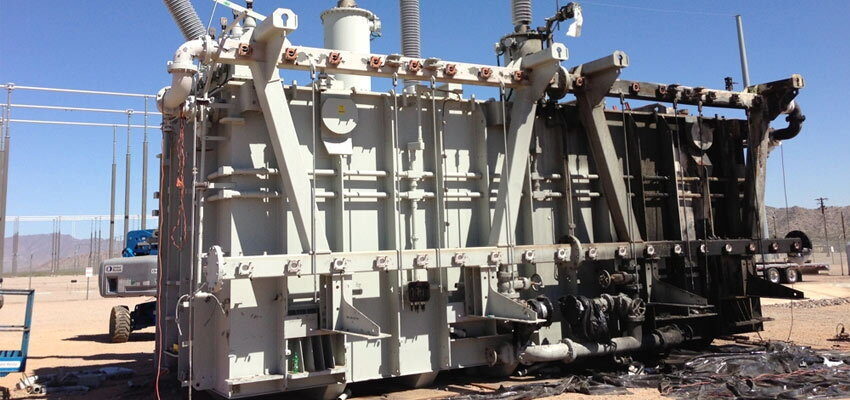
Trends in Power Transformer Failure Analysis
The transformer failure can be initiated by many factors, but the results of a failure can be the same. Diagnostic tests provide indication of incipient...
byWallace Binder

The transformer failure can be initiated by many factors, but the results of a failure can be the same. Diagnostic tests provide indication of incipient failure. One must have a good understanding of the system conditions to which the transformer is exposed and an understanding of the transformer construction to properly investigate the cause and effect of conditions. This will facilitate arriving at a conclusion of the analysis. Each construction type has its own advantages and an awareness of these aids in the determination of the root cause.
Many initiators – few outcomes
There are many initiators of transformer failures, but those which can potentially lead to catastrophic failure are:
1. mechanical failure
2. dielectric failure
In both cases, the transformer is no longer able to perform its intended function of carrying load and stepping down (or up) the voltage.
Test techniques are designed to detect the two failure modes
Throughout the world, Dissolved Gas Analysis (DGA, the measurement and monitoring of dissolved gas in the insulting liquid) has become the most popular diagnostic tool in use. Depending on the DGA results, one may detect an incipient fault which is the result of one of the initiators, and if left undetected or untreated, might result in one of the catastrophic failure modes.
Alphabet tests: Some symptoms can show in test results before complete failure
The discussion of diagnostic testing was very thorough in the last issue of Transformers Magazine. To refresh your memory, let’s review the significant diagnostic field tests.
DP: Transformers can operate with essentially failed insulation only if there is no movement or abrasion of the insulation which would result in a short circuit. Transformer insulation in this condition has reached the end of life and chemical tests would show a loss of strength measured as Degree of Polymerisation (DP). However, this is an invasive test since the insulation most vulnerable to failure is often deep inside the winding.
DGA: As previously mentioned, the DGA results can show trends. These trends can be monitored and there is a large body of data which guides the user to determine the course of action to take. There are several guides and standards for measurement and analysis of dissolved gas in the most popular insulating liquids.
SFRA: SFRA or (S)weep (F)requency (R)esponse (A)nalysis, detects changes in circuit impedance which are the result of movement of winding position or the result of shorted winding turns. These changes are measured by applying various frequencies to the terminals and measuring the circuit impedance. Guides for performing this test have emerged in the past 10 years which aid in the interpretation of the test results. It is important to have base-line SFRA results to which to compare. Small changes can be detected before major damage has occurred. The guides for SFRA exist in both the IEEE Standards and IEC Standards environment.
DFR: (D)ielectric (F)requency (R)esponse, also referred to as Dielectric Response Analysis, has become a tool for detecting deficiencies in the insulating mediums including the liquid and paper insulating materials. Its main value has been shown in determining the moisture content of the insulating material. It can also detect other causes of high insulation power factor, such as carbon tracking. This is another diagnostic test which needs a baseline test value for comparison. Work is being done to develop guides for use of the test. CIGRE Task Force D1.01 has presented several papers on the techniques and the IEEE Transformers Committee has established a Working Group to develop C57.161 IEEE Guide for DFR Measurement.
All of these tests rely on either a baseline test or a body of data accumulated in the industry for comparison with the current test results. There are some other comparisons that can be made. For example, an SFRA test result can be compared to other phases of the same transformer or to identical units. However, when this is done, certain limitations must be accepted in interpreting the results.







